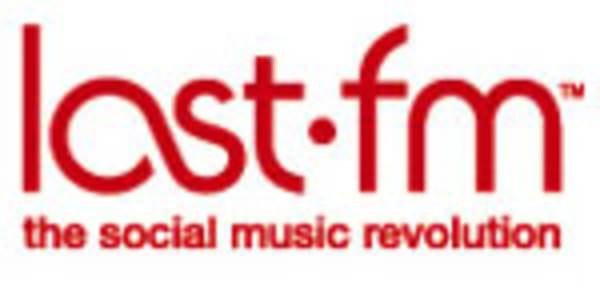This week we interviewed one of the founders of online music service last.fm, Richard “Mr Scrobble” Jones. We wanted to find out last.fm’s reaction to the launch of MySpace Music and the rise of Imeem, discuss business models in online music, and find out what’s new at last.fm. We’re running the interview in 3 parts, over 3 days. See also Part 2, on business models and Part 3, on design and features.

We started out by asking about the increasing competition in online music this year.
RWW: As you know the competition in the online music sphere has gotten
more intense this year. MySpace Music has just launched, Imeem has been growing in popularity in large part because of its music
features (it also released a re-design today), Pandora continues to grow its market share despite
legislative challenges. So can you tell us what you think
differentiates last.fm from those services?
RJ: The space is crowded, I agree, and people now have a lot of choice if they want to listen to music for free. That’s great for music fans – but what it means is that navigating through that mass of music is now the priority for them. It’s all very well having millions of tracks at your disposal on Myspace or Imeem, but what’s the use if you can’t find what you want?
We have a unique recommendation system, drawing on the data of over 43 million individual songs, and the listening habits of 25 million music fans, enabling us to guide users through a 5 million + catalogue of freely streamable tracks and help them find stuff suited to their taste.
Recommendation and discovery is key in this space now – and we’ve been working on this for 6 years, and every day we continue to refine the process, so we’re confident that we can continue to offer a better, more personalised music experience than anyone else online.
RWW: One of the things that’s made Imeem a success this year – it’s reportedly now the No. 1 streaming music site in the US – has been its licensing deal with all 4 of the major record labels, plus by their estimates around 80% of the indie music market. MySpace Music has 3 of the majors and has been criticized for its lack of attention to the independents. Can you clarify for our readers where last.fm sits in terms of licensing with
the 4 majors and independents?
RJ: We have music from 3 of the majors, and renegotiations with Warner are ongoing. Our indie catalogue is equivalent to Imeem’s – it includes millions of tracks from IODA, The Orchard, CD Baby and thousands of independent labels and artists – and we are currently in negotiations with Merlin. We continue to aim for the most comprehensive music catalogue online, and are making great progress towards that.
What’s even more important, though, with regards to this point, is that we ensure all labels and artists are paid when their music is streamed on the site – and since the launch of our Artist Royalty Program, that means unsigned and DIY artists too. No one else is offering a share of revenue to unsigned musicians in this way.
RWW: You recently released a new version of the last.fm iphone app — how crucial do you think mobile apps will be when competing against
the likes of MySpace, Imeem and Pandora? Do you think you have any advantages over your rivals in this area?
We want the Last.fm experience to be accessible everywhere, so mobile is hugely important to us. At the moment the iPhone dominates, and our only competition there is really Pandora, which is limited to the US whereas our app is available in the US, UK, Canada, Germany, Spain and France, with more countries to come. Plus it’s much more feature-rich and draws on a much larger music catalogue.
It’s a cool app and I think it’s the one that real passionate music fans choose because we really reach into the Long Tail in the music we play.
See also:Interview With Last.fm Founder Richard Jones: Part 2, Business Models and Part 3, Design & Features










